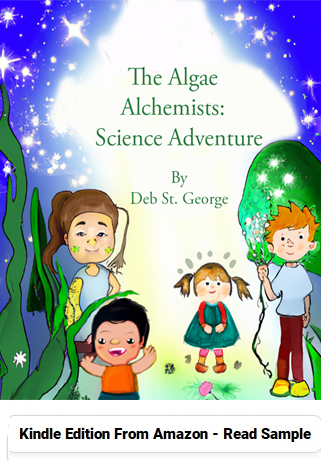A trademark refers to any forms of marks which are registered to the USPTO. These are names, devices, images, and word identifying any goods which can be produce, manufactured, or natural.
Copyright is a way of protecting both unpublished and published literary, artistic and scientific works, and any forms of expressions as long as it is tangible. It means you can touch it, hear it, or see it. An essay, a play, a song, funky original choreography, HTML coding, or graphics can be protected. Laws of copyright grant the creator's exclusive rights to distribute, display, perform, reproduce, and prepare derivative works publicly.
A patent is another form of IP (intellectual property). The right of a patent in the United States is granted by the USPTO (United States Patent and Trademark Office) to the inventors. This is to prevent others from using, making, selling, importing, or offering sales of such invention over a limited period of time. The law concerning the United States patent is stated in the Patent Act, 35 U.S.C. The act contains clarifications on using jargons resolving some confusion and complexity.
There are subjects which are not given patent protection. It includes mental processes, physical phenomena, abstract ideas, and nature laws. Take for instance; you can't patent a new plant, insect, or mineral found or discovered in the wilderness. Likewise, the law of gravity couldn't have patented by Newton and "E=mC2" by Einstein. Any discovery which shows characteristics of nature is not reserved for a single person since it is free to all. Nature laws and abstract ideas are reserved for public domain. Artistic, musical, dramatic, or literary works are entitled for copyright protection. Inventions which are offensive and not useful are deprived of a patent right.
The patent law is created to serve various purposes. It is found in the U.S. Constitution, Clause 8 of Section 8 of Article I stating the power of the Congress to support the advancement of useful arts and science by giving exclusive rights to inventors and authors on their discoveries and writings over a limited period of time. Thus, a patent system was created by the Congress to reward limited monopolies to the inventors on making, selling, and using their inventions.
The inventions can be made available to the public however retaining its right from preventing others to use, sell, or make the invention. Patents are considered public records once it is issued. The patent applications of inventors must disclose the best approach for using or making their patented invention. The patent can be considered invalid if you fail in this procedure.
It is a fact that mental processes and abstract ideas are not eligible for patented rights. However, the software based on mathematical algorithms receives patent protection because it does not belong on the patent scopes. Algorithm is considered as a natural law while mathematics is the primary working tool of science and technology. The Supreme Court in 1981 included inventions related to software in the patent protection. It is because the function of the program only incorporates the underlying principles of mathematical algorithms. Non-physical processes are utilized by the software to operate electronically using mathematical equations or algorithms for controlling the computer program outputs. Functional application of mathematical algorithms in computer programs can be patented. Using examples from electricity or physics are not patentable. However, the methods in which electricity are utilized for transmitting information is patentable.
An invention is qualified for a patent protection if it is new, non-obvious, and useful. The invention was never used in public before an application for a patent is done. The USPTO will reject a patent if the invention is used or sold in public by the inventor or anyone for over one year before filing a patent application. Similar or identical inventions disclose publicly by others in any parts of the world can be denied of patent rights. Prior art is not anymore considered novel.
In general, the patent claims contain the preamble or the introductory paragraph. It is followed by the elements recited as steps or means to perform a specific function. The elements can be narrowly interpreted by structure, name, or defined steps. The defenses of a patent to infringement include invalidity and non-infringement.
Patents and Trademarks


